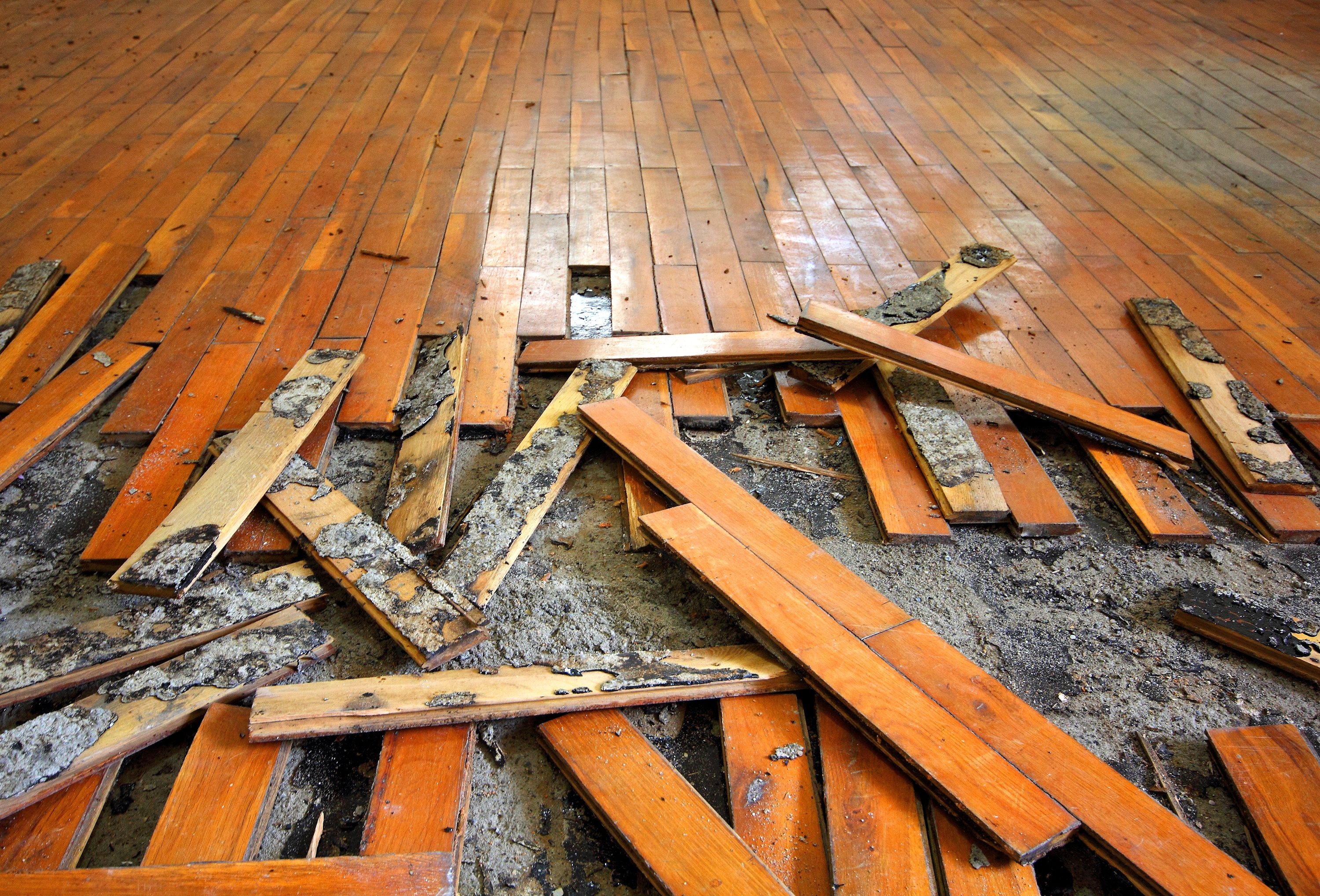
If your building suffered significant damage as a result of Hurricane Sandy, the Board should consider whether to engage a qualified “Public Adjuster” to assist it in compiling and settling any resulting insurance claims, such as claims for property damage, lost business or damages arising from equipment breakdowns or failures. Any decision to utilize the services of a Public Adjuster should be made and acted upon as soon after the loss as possible.
Public Adjusters represent insureds, and are to be distinguished from an adjuster hired by an insurance carrier, whose principal responsibility is to represent the carrier in dealing with the insured. Public Adjusters will analyze your insurance policies, evaluate your insured loss, compile materials to substantiate your claims, and negotiate the claims with the insurance carrier’s adjuster. On a simple claim, you may be able to handle these functions yourself, or your building’s managing agent may be able to assist and advise you, but for a large or complex claim you may be better served by engaging a Public Adjuster.
Public Adjusters are licensed by the State of New York under Article 21 of the New York Insurance Law and are regulated by the New York State Department of Financial Services. Public Adjusters may also belong to the National Association of Public Insurance Adjusters (NAPIA) or the New York State Public Adjusters Association. When considering a Public Adjuster, you may wish to confirm current licensing, check complaints through the Department of Financial Services, seek references, and inquire as to membership in professional organizations.
Public Adjusters generally charge on a contingency basis, with their fee being a percentage of the claim paid. The fee must be agreed to in a written contract at the outset of the engagement. The statutory maximum fee is 12.5% of the recovery. Fees in the range of 10-12% are common. However, fees may be negotiated down depending on the size of the claim. Fees for large claims are sometimes in the 5% range. Some insurance policies may require that the carrier reimburse the cost of the insured’s Public Adjuster.
An agreement with a Public Adjuster should contain certain provisions to protect your cooperative or condominium. For example, the agreement should address to whom the insurance carrier’s settlement check should be paid, the timing of payment to the Public Adjuster, whether the agreement can be terminated, and if terminated, what fees are payable. Furthermore, the agreement should deal with the issue of any compensation to the Public Adjuster from any other party related to your claim and describe your level of involvement in settlement negotiations. The agreement should be reviewed by counsel.
Please let us know if we may assist you with any of the foregoing.
This memorandum was initially issued by the cooperative/condominium practice group of Balber Pickard Maldonado & Van Der Tuin, PC which joined Smith, Gambrell & Russell, LLP on February 1, 2017 and now practices as part of SGR’s cooperative/condominium practice group.

